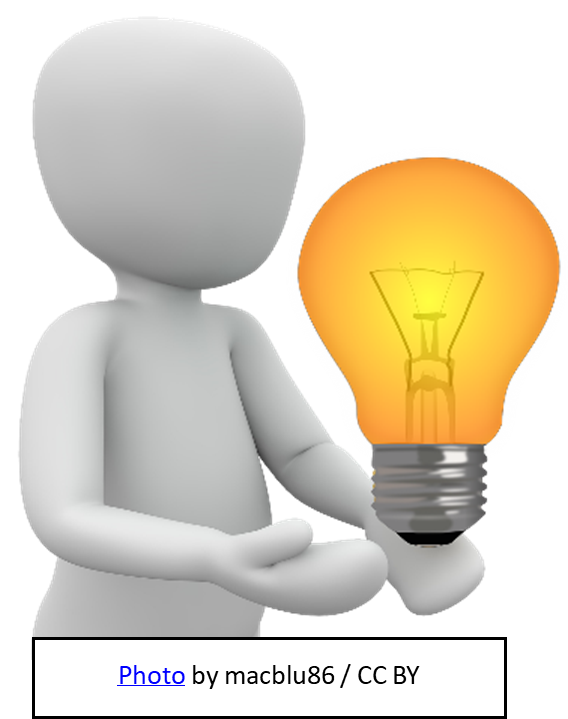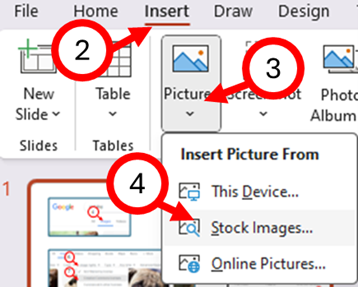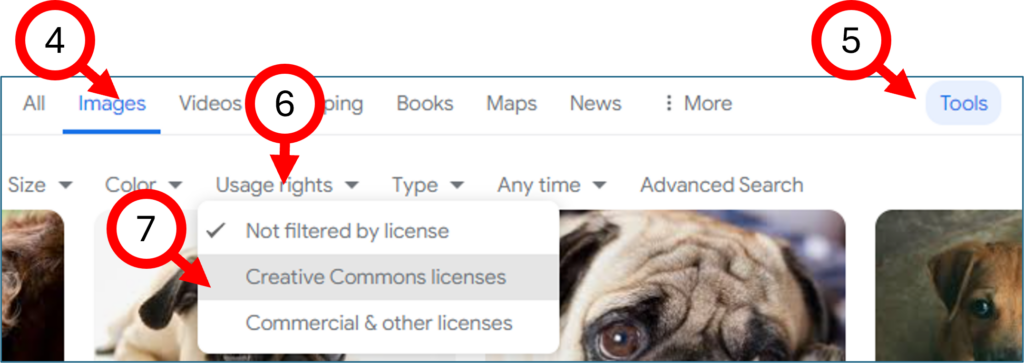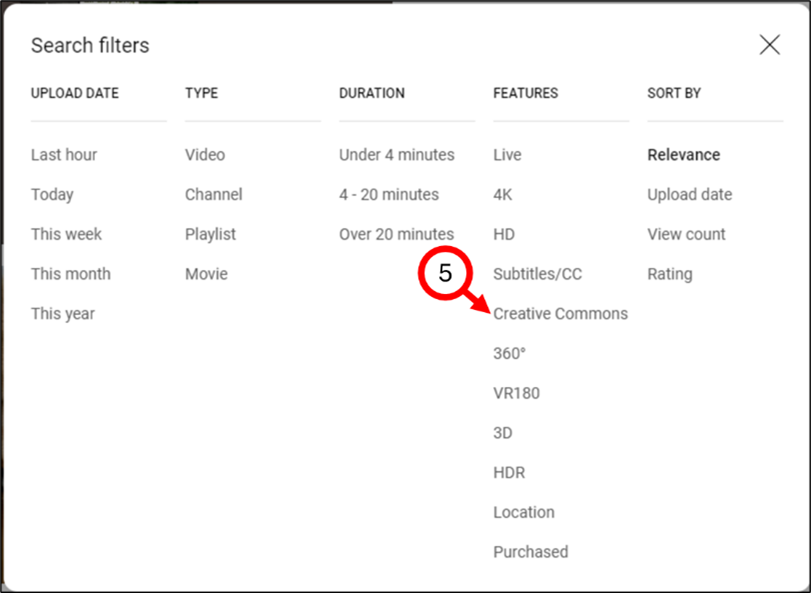
We talk with our students about plagiarism, but how do we fare ourselves? When we are creating documents, webpages, slides, etc., do we consider the sources for our images, videos, or sounds? It is tempting to take an image we see in Google and copy and paste it where we want it. Chances are pretty good that no one will ever know. However, we can set a better example for our students by following license requirements. This may be more difficult when we are looking for images, so here are some resources and suggestions…
- Use Creative Commons (CC) licensed or Public Domain materials.
- Be sure to follow the license requirements, such as providing attributions.
- Create a library of what you use INCLUDING where it is from. (Often the site will have similar style items you may want later.)
Use Creative Commons (CC) licensed or Public Domain materials
Sites with ONLY free stuff
Pexels – photos and videos
Noun Project – icons and photos
Pixabay – photos, illustrations, vectors, videos, music, sound effects, GIFs
Wikimedia Commons – images, sounds, videos
Harvard Law Library provides a list of additional sites (Blechner, n.d.).

MS Office
Free images, icons, cut-outs, stickers, illustrations, cartoons

| 1. Open PowerPoint or Word 2. Click Insert 3. Click Pictures 4. Click Stock Images… |
Sites with free and for-sale stuff
- FMA by Tribe of Noise – royalty free music and ‘free to download’ music
- Sketchfab – free 3D models. This link is to their free models. They have many others available for purchase.
Google:
Images & videos
- Open a new tab
- Type your search word (ex.: “sad dog”)
- Press “Enter”
- Click on “Images”
- Click Tools
- Click Usage Rights
- Click Creative Commons licenses

Bing
Images & videos
MS Bing is almost the same as Google. Follow steps 1-4 above then…
- Click Filter (on far right)
- Click License
- Select the type of license you are interested in (or. for the English teachers – in which you are interested).
Note that you will still need to pay attention to the TYPE of license for each image you use.
YouTube
Videos
Note that even if you select Creative Commons, the results still include ads, the individual videos don’t always specifically indicate their license, and you are trusting that the creator sought permissions for any music/images included.
Follow steps 1-3 under Google directions (Note that the Filters option does not show until you have entered search criteria)
- Click Filters on the far right
- Select Creative Commons

Be sure to follow the license requirements, such as providing attributions
Licenses
For information about CC licenses, see About CC Licenses – Creative Commons
Sometimes you may find something listed as Public Domain. This means the image creator has waived their exclusive rights, to the fullest extent allowed by law. These don’t actually need an attribution, but providing one is good practice. York University recommends using the Creator’s name, Title of the image, and Source (Image Attribution/Citations, n.d.).
Using an MS Office image outside of an MS product is a little tricky because their license appears contradictory. However, you can add the following attribution on the image, or at the beginning or end of the document/presentation “Image from Microsoft 365 Stock Images, used under license” (TAFE Queensland Library Network, n.d.).
Add the Attribute
In PowerPoint, add a text box (typically at the bottom corner of the picture) with the attribute. If you are not sure how, watch this YouTube video: https://www.youtube.com/watch?v=vqEsW-i1oMI
In a word processor, add the attributes to the list of references.
Create your own library
Develop a library where you capture the image, source, and attribute. This may help you find additional resources later. One way to do this would be to create a Word or PowerPoint file that you add to as you find more images.
Modifying images
In PowerPoint (and slightly less easily in Word) you can modify shapes and images by changing color, changing shape, rotating, stretching, etc. Here are some examples…
Original image:

Image from Microsoft 365 Stock Images, used under license

If you are interested in how to modify images, let me know and I’ll send instructions.
Credits
Cartoon of person with bulb: https://pixabay.com/illustrations/idea-light-bulb-switched-on-light-1651681/.
Woman holding light bulb: Photo by Andrea Piacquadio: https://www.pexels.com/photo/woman-draw-a-light-bulb-in-white-board-3758105/.
Dinosaur: Image from Microsoft 365 Stock Images, used under license.
Flowers: Image from Microsoft 365 Stock Images, used under license.
References
Blechner, A. J. (n.d.). Research Guides: Finding Public Domain & Creative Commons Media: What do Public Domain & Creative Commons mean? Harvard Law School Library. Retrieved July 20, 2024, from https://guides.library.harvard.edu/c.php?g=310751&p=9103974
Image Attribution/Citations. (n.d.). York University. Retrieved July 20, 2024, from https://copyright.info.yorku.ca/image-attribution-citations/
TAFE Queensland Library Network. (n.d.). LibGuides: Information for Staff: Microsoft 365 Stock Images. TAFE Queensland Library Network. Retrieved July 20, 2024, from https://library.tafeqld.edu.au/c.php?g=703491&p=6997311
